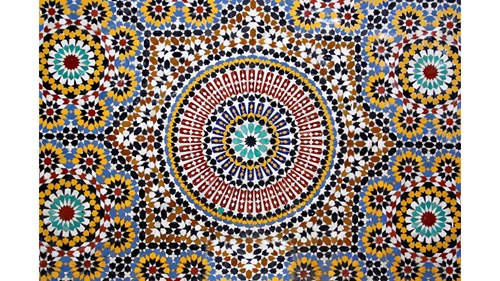- Home
- Resources
- Work samples
- Samples
- Exploring Islamic art - ABOVE
The Arts: Visual Arts
Years 7 and 8
Above satisfactory
Exploring Islamic art
Summary of task
Students explored the fundamental principles of Islamic art (geometry, calligraphy and arabesque). They researched and analysed traditional Islamic artwork and architecture, and explored the use of geometric shapes to create patterns using traditional and digital methods.
They photographed patterns in their own environments and digitally manipulated them to create geometric artwork inspired by their research. They were required to express their lives and personalities through symbolism contained in their original photographs.
Students kept a visual diary and submitted a summary of their annotations to the teacher after the exhibition of their work.
Achievement standard
By the end of Year 8, students identify and analyse how other artists use visual conventions and viewpoints to communicate ideas and apply this knowledge in their art making. They explain how an artwork is displayed to enhance its meaning. They evaluate how they and others are influenced by artworks from different cultures, times and places.
Students plan their art making in response to exploration of techniques and processes used in their own and others’ artworks. They demonstrate use of visual conventions, techniques and processes to communicate meaning in their artworks.
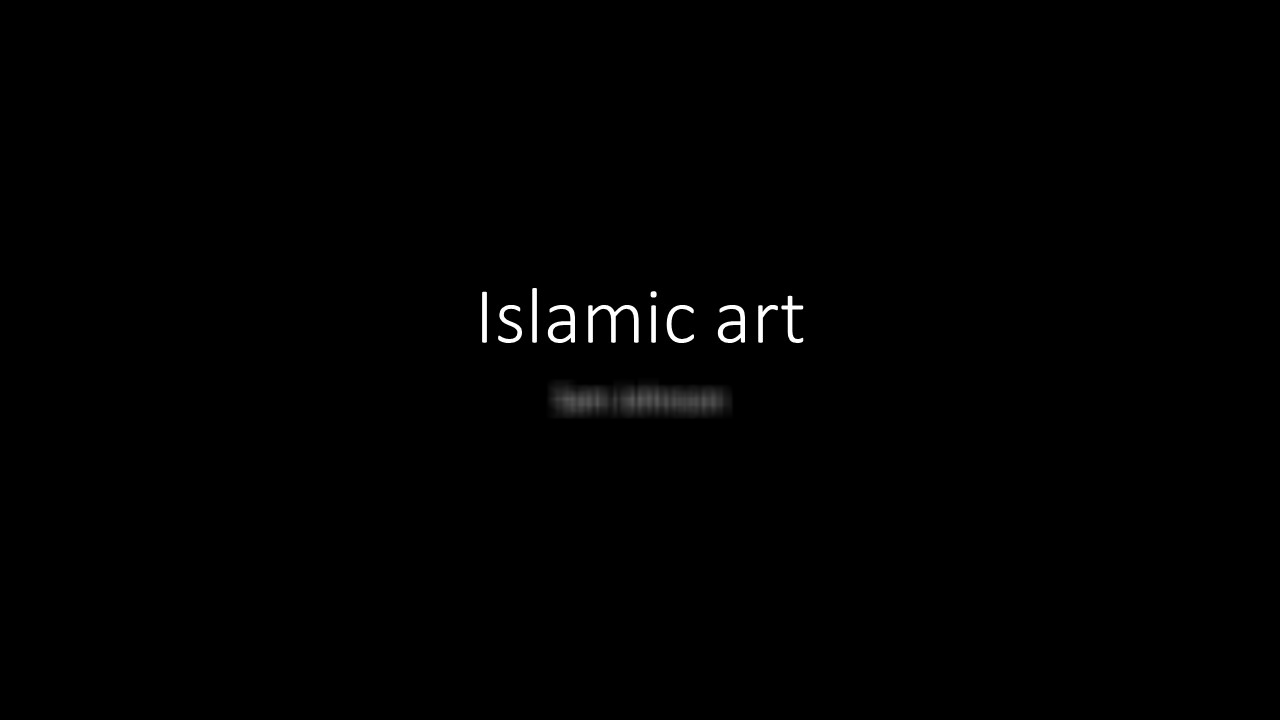

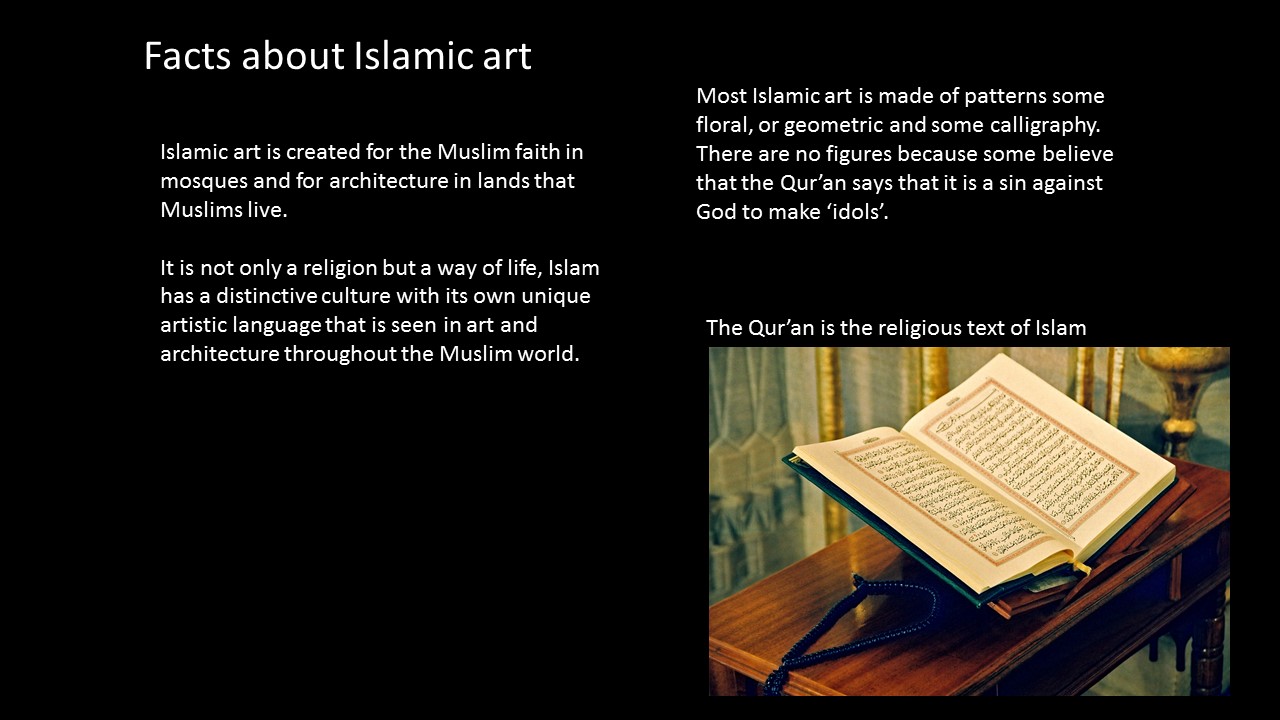 1
Annotation 1
1
Annotation 1
Analyses key characteristics of Islamic art
-
Annotations
-
1
Annotation 1
Analyses key characteristics of Islamic art
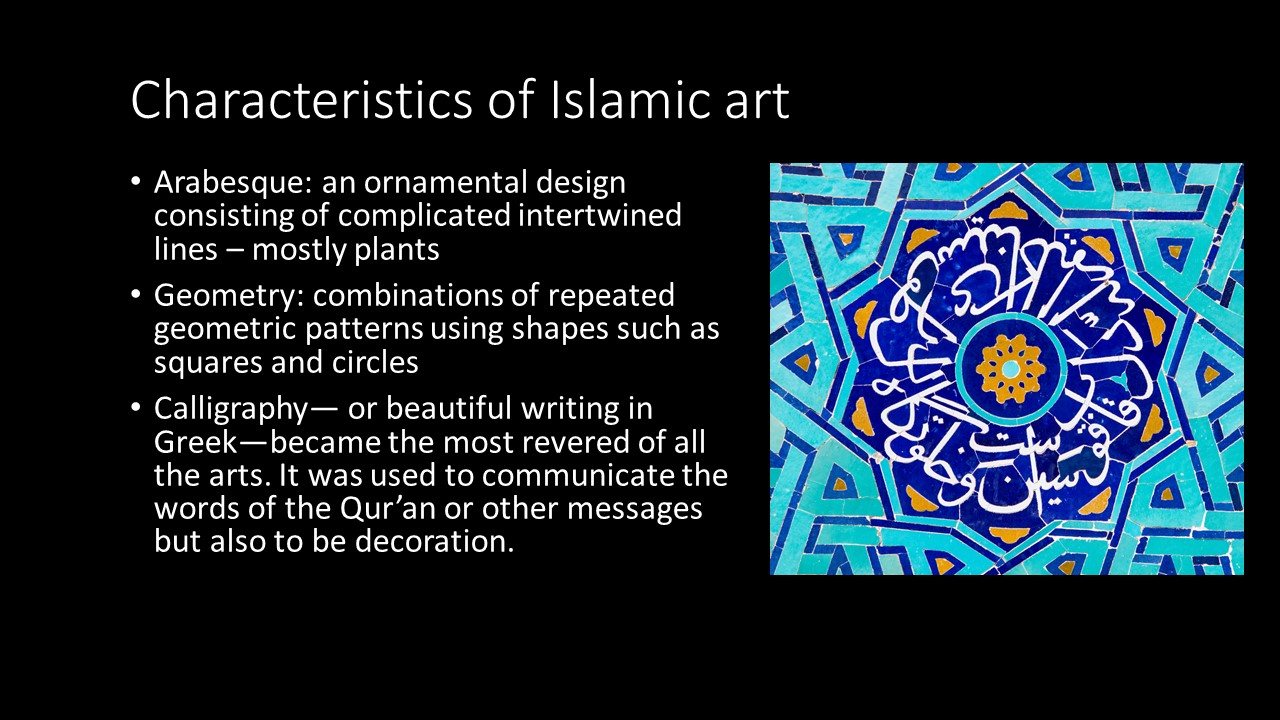 1
Annotation 1
1
Annotation 1
Selects an image of Islamic art as an example
-
Annotations
-
1
Annotation 1
Selects an image of Islamic art as an example
 1
Annotation 1
1
Annotation 1
Analyses traditional repeat patterns
-
Annotations
-
1
Annotation 1
Analyses traditional repeat patterns
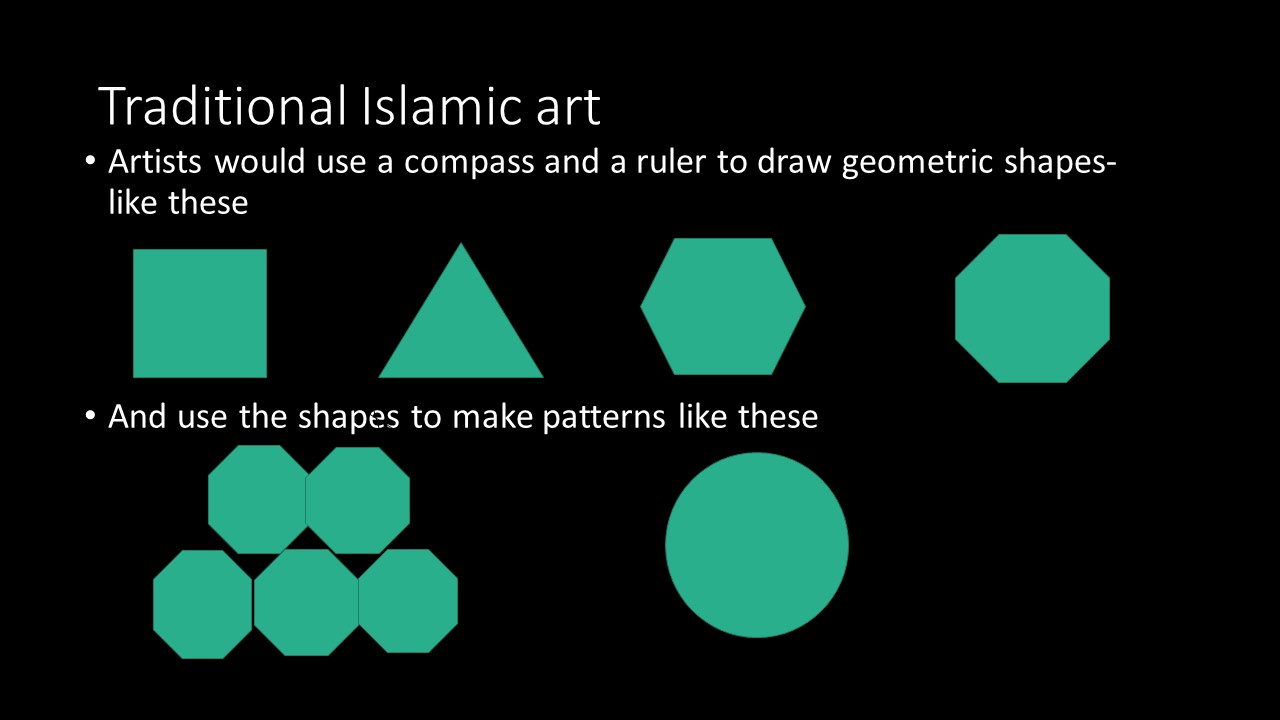 1
Annotation 1
1
Annotation 1
Understands the use of geometric shapes and their repetition to create patterns in Islamic art
-
Annotations
-
1
Annotation 1
Understands the use of geometric shapes and their repetition to create patterns in Islamic art
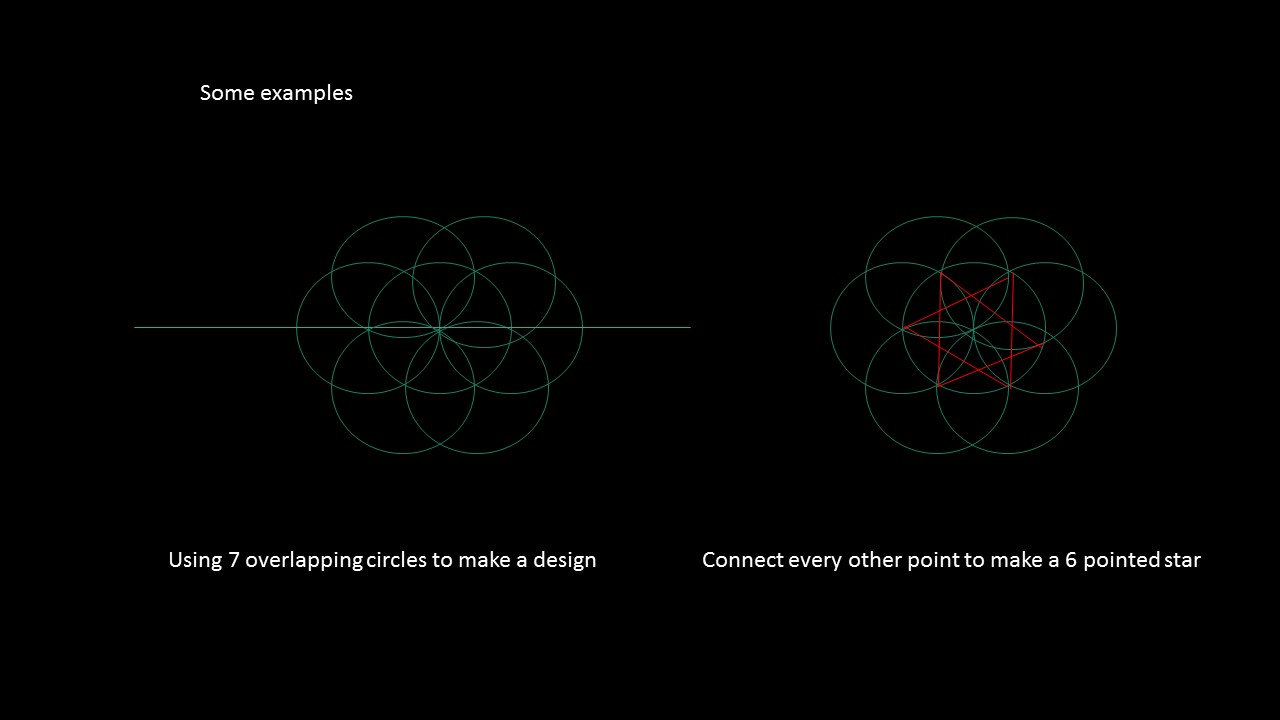 1
Annotation 1
1
Annotation 1
Demonstrates some traditional patterns using computer software
-
Annotations
-
1
Annotation 1
Demonstrates some traditional patterns using computer software
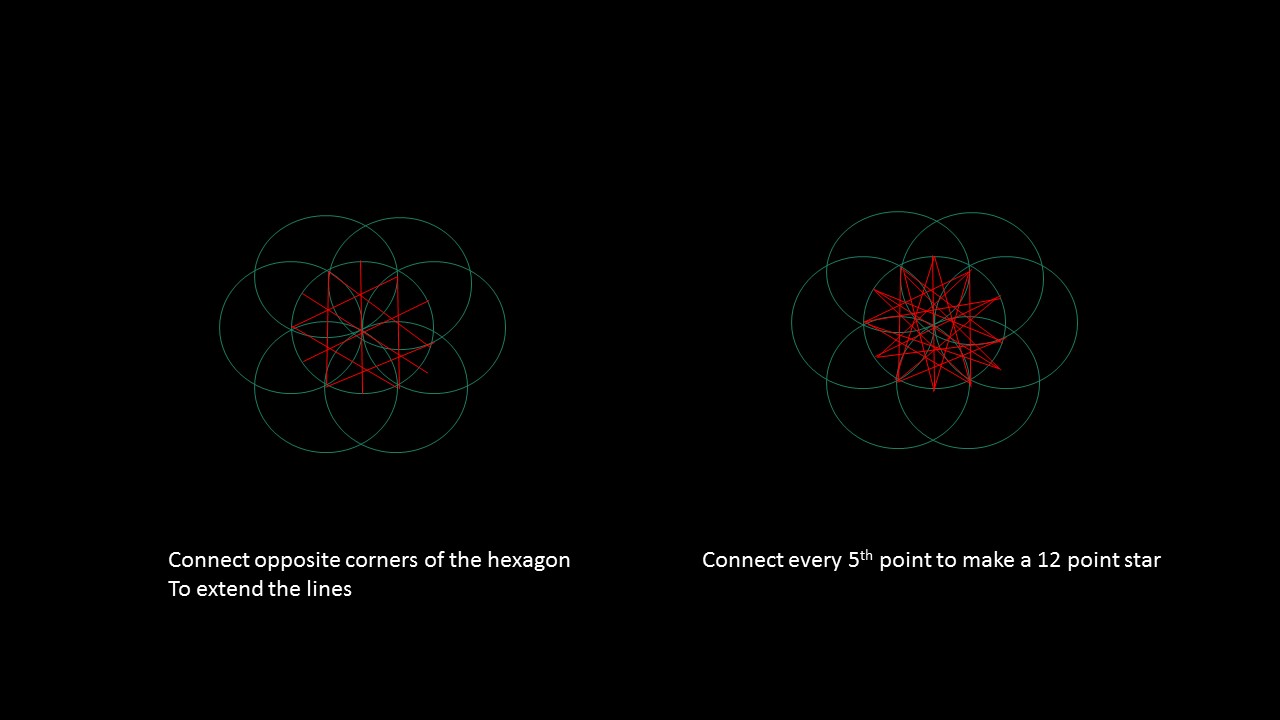
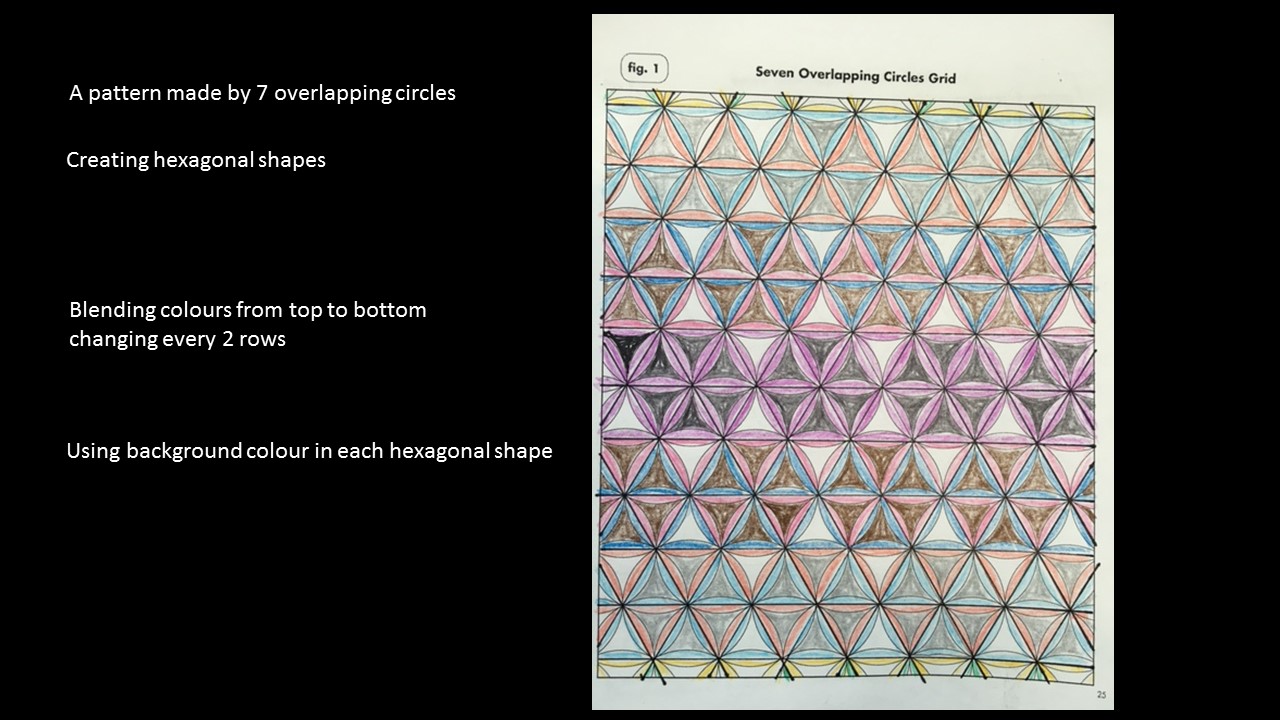 1
Annotation 1
1
Annotation 1
Explores a range of patterns using geometric shapes and colours
-
Annotations
-
1
Annotation 1
Explores a range of patterns using geometric shapes and colours

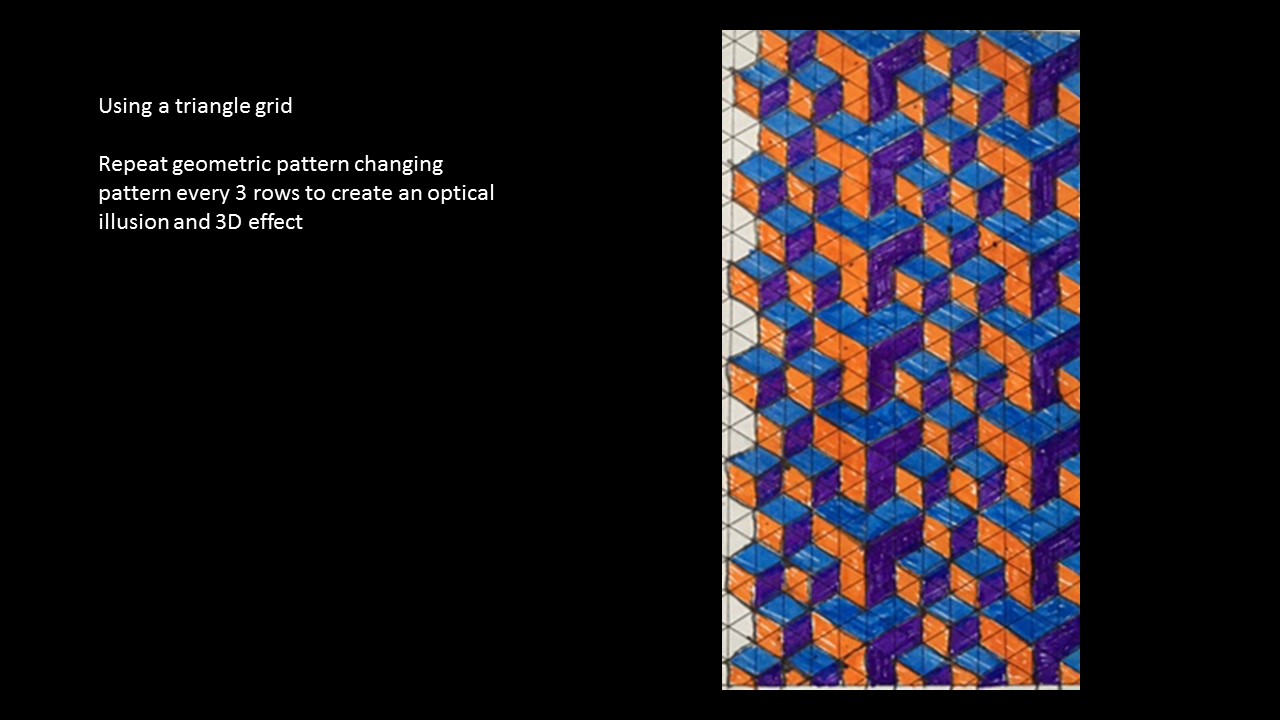 1
Annotation 1
1
Annotation 1
Creates a range of complex patterns and makes optical illusions with patterns
-
Annotations
-
1
Annotation 1
Creates a range of complex patterns and makes optical illusions with patterns
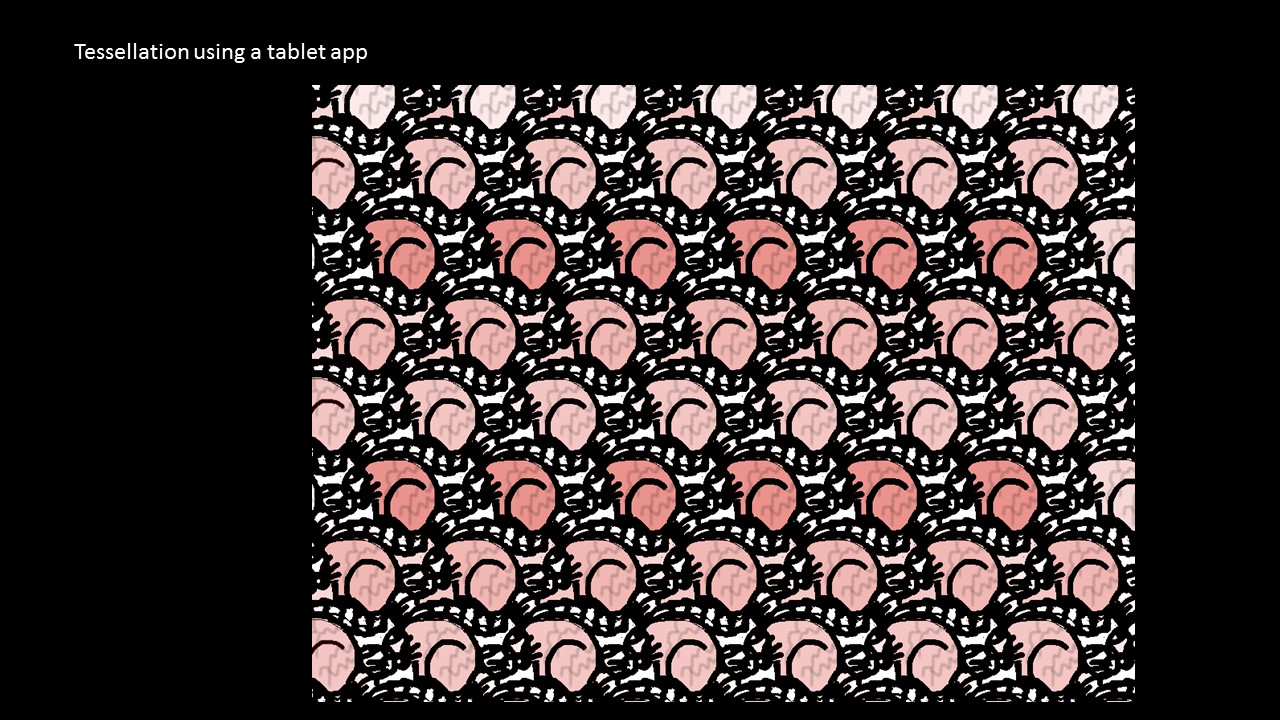 1
Annotation 1
1
Annotation 1
Uses a computer program to create a digitally repeated pattern
-
Annotations
-
1
Annotation 1
Uses a computer program to create a digitally repeated pattern
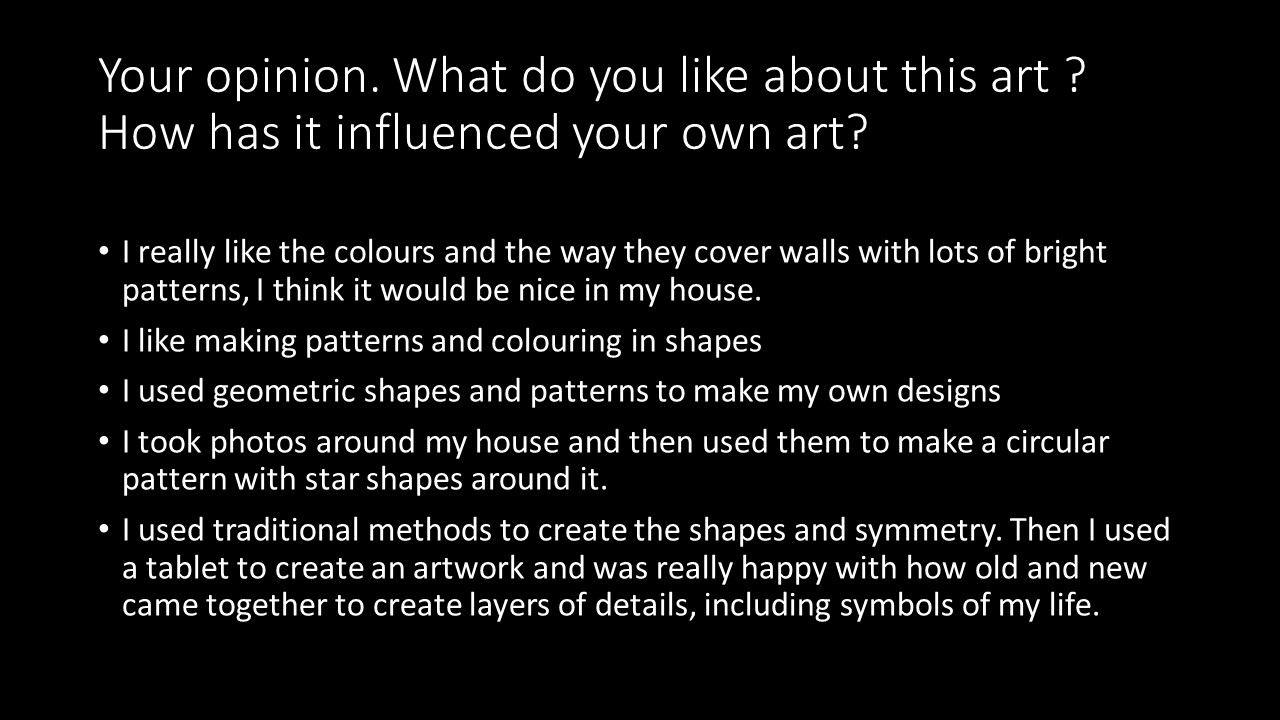 1
Annotation 1
1
Annotation 1
Expresses opinions about Islamic art and analyses its influences on their own artwork
-
Annotations
-
1
Annotation 1
Expresses opinions about Islamic art and analyses its influences on their own artwork
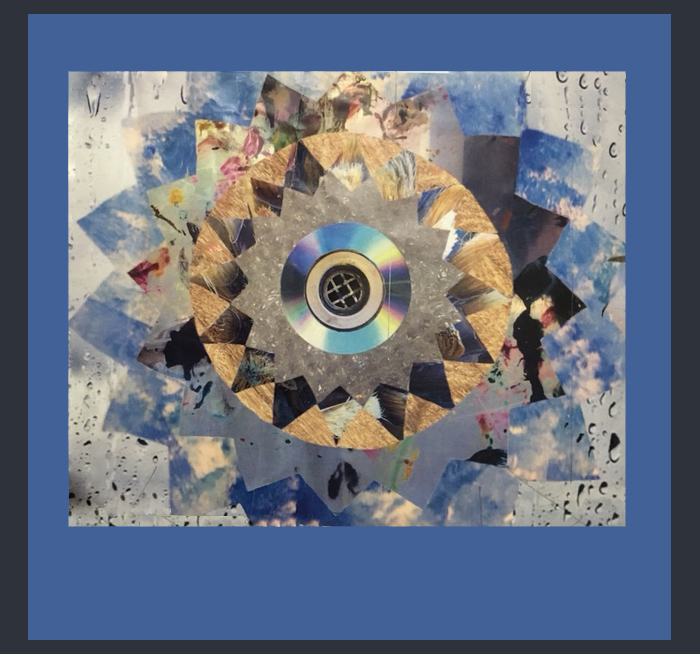 1
Annotation 1
1
Annotation 1
Carefully selects a wide range of photographed textures and colours sourced from their home environment 2 Annotation 2
Explores geometric symmetry in the construction of a digital collage 3 Annotation 3
Selects identifiable and symbolic objects to create a pattern 4 Annotation 4
Selects coloured mounts to enhance the finished artwork
-
Annotations
-
1
Annotation 1
Carefully selects a wide range of photographed textures and colours sourced from their home environment -
2
Annotation 2
Explores geometric symmetry in the construction of a digital collage -
3
Annotation 3
Selects identifiable and symbolic objects to create a pattern -
4
Annotation 4
Selects coloured mounts to enhance the finished artwork
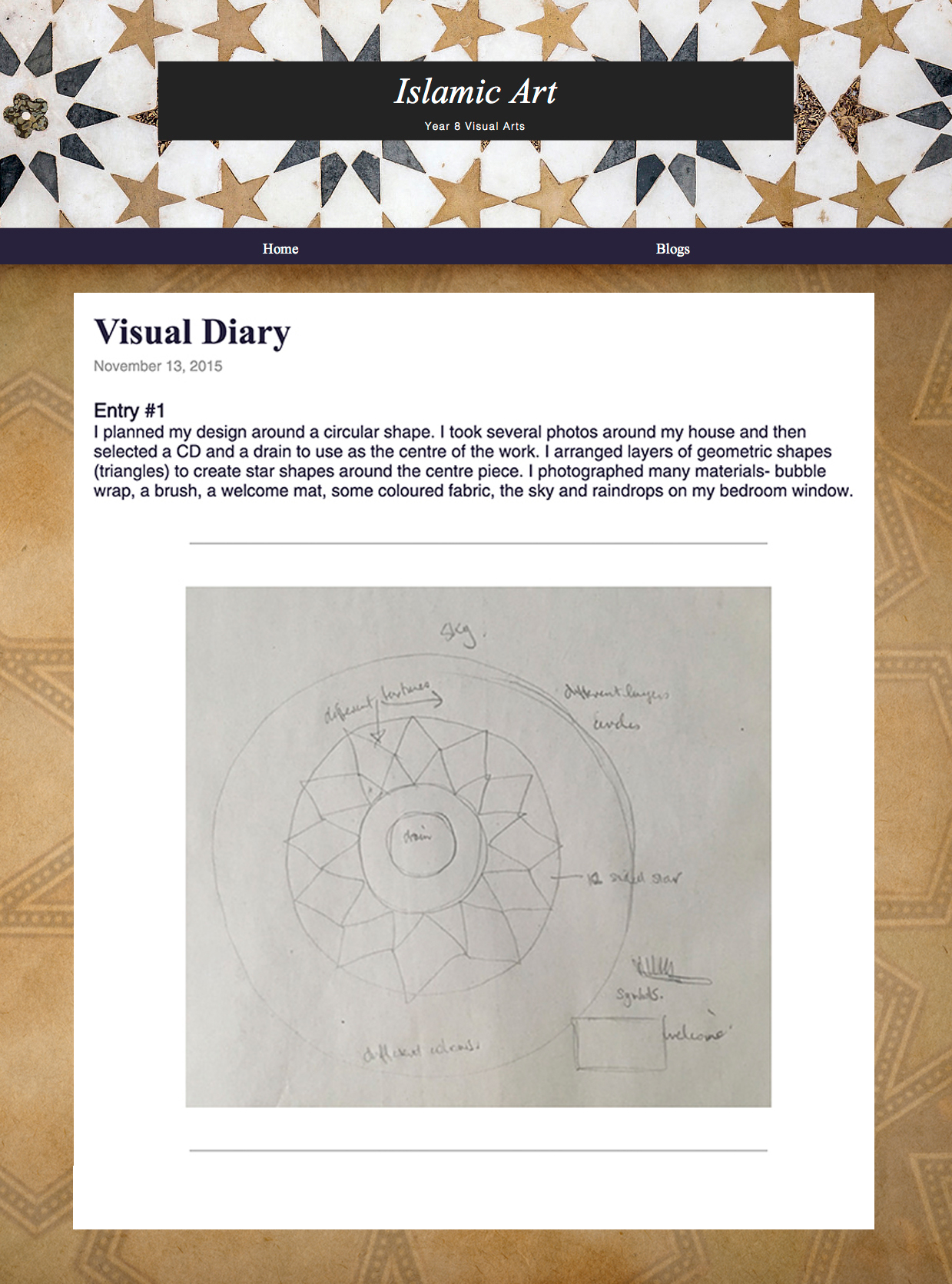 1
Annotation 1
1
Annotation 1
Plans and designs artwork in response to techniques used by traditional Islamic artists
-
Annotations
-
1
Annotation 1
Plans and designs artwork in response to techniques used by traditional Islamic artists
 1
Annotation 1
1
Annotation 1
Evaluates the influence of Islamic art on their own artmaking 2 Annotation 2
Explains how the artwork is to be displayed to enhance its meaning
-
Annotations
-
1
Annotation 1
Evaluates the influence of Islamic art on their own artmaking -
2
Annotation 2
Explains how the artwork is to be displayed to enhance its meaning
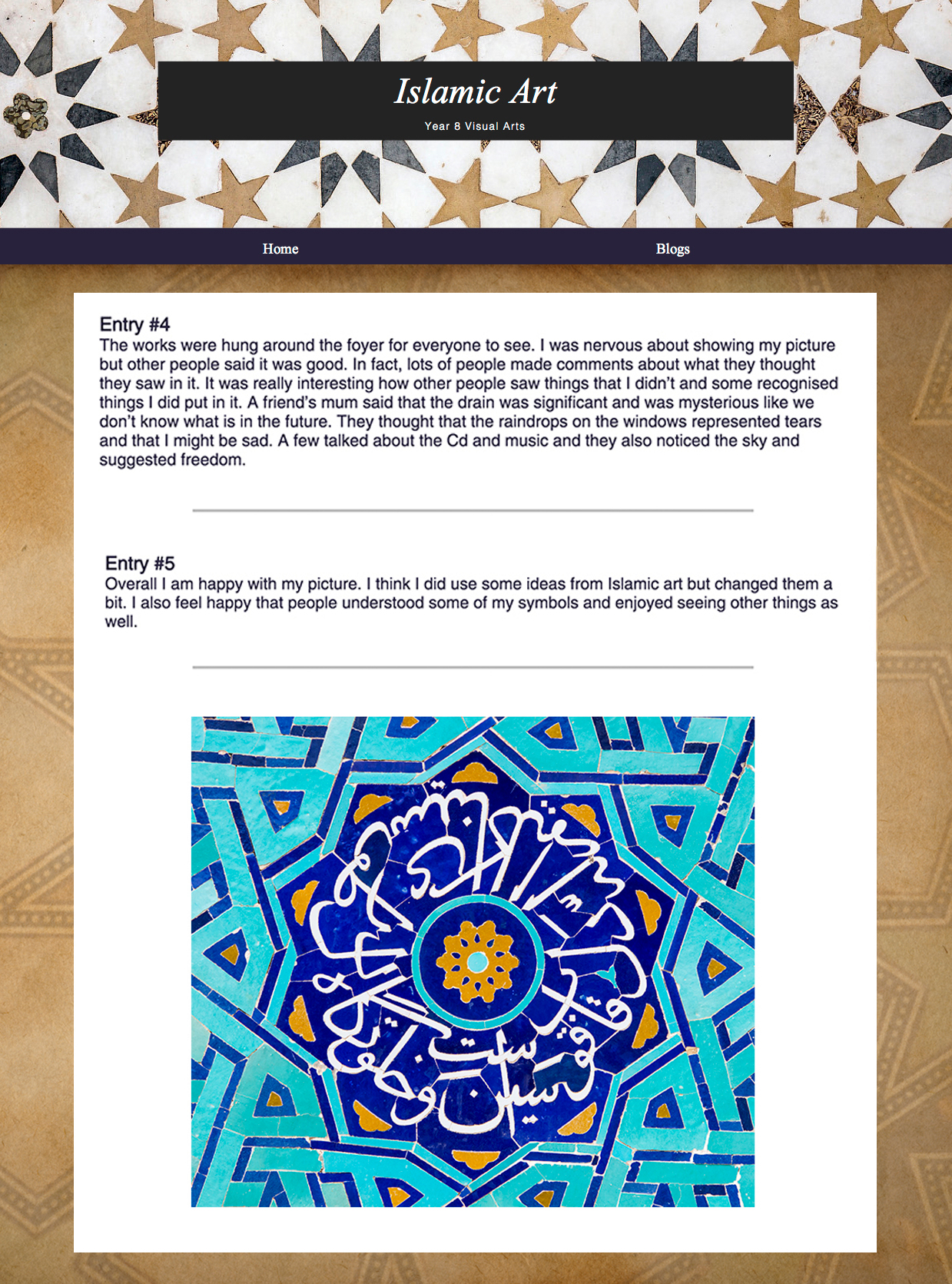 1
Annotation 1
1
Annotation 1
Analyses the response of an audience to the artwork 2 Annotation 2
Reflects on and evaluates the success of the artwork
-
Annotations
-
1
Annotation 1
Analyses the response of an audience to the artwork -
2
Annotation 2
Reflects on and evaluates the success of the artwork
